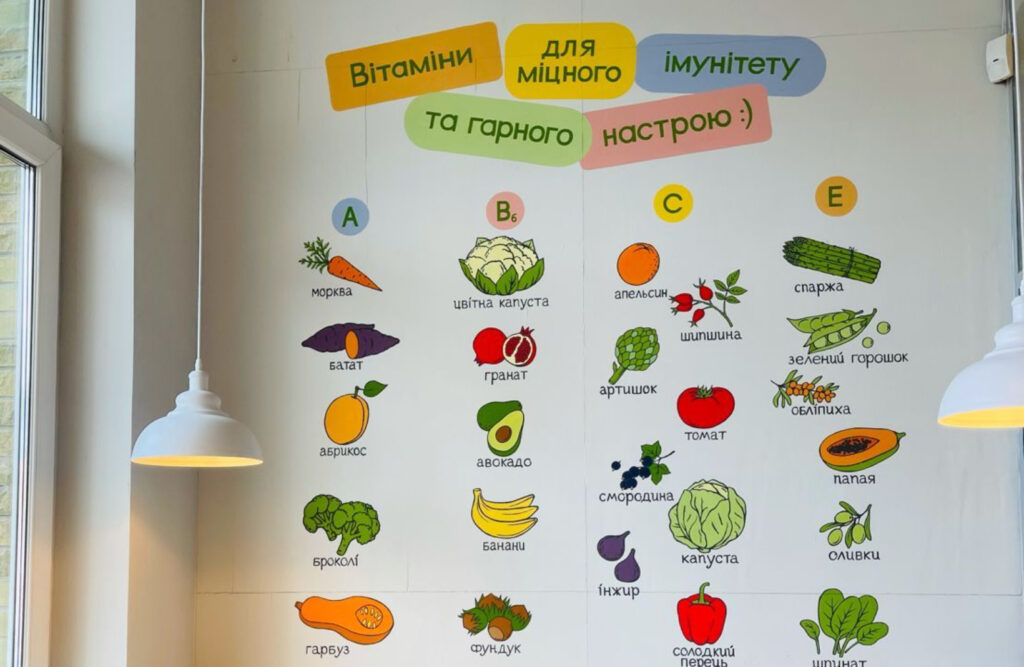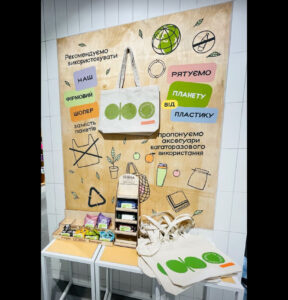
The European grocery landscape is no longer shaped merely by price, proximity, or even product quality. It is now being profoundly redrawn by a rising, resolute desire for health. According to McKinsey & Company’s State of Grocery Retail Europe 2025, one of the most potent forces in this shift is the growing appetite for healthy food. It is more than a passing preference—it is a generational realignment, a cultural inflection point, and a business imperative. A future not just of profit, but of purpose.
And yet, within this movement lies a paradox: 45% of Gen Z consumers say healthy eating is a priority, and 1 in 3 are willing to pay more for healthier choices—but only 35% feel their favorite stores offer enough options. This isn’t a complaint. It’s a clarion call. A market-wide invitation to close the perception gap and meet health not as a niche, but as a core category.
From the intimate details of what constitutes “healthy” for each generation to the spatial and design implications of the modern grocery experience, the story is clear: health is becoming the new love language in retail.
Gen Z and the Rise of Nutritional Identity
Gen Z, the first digital-native and climate-conscious generation, is not looking at health through a singular, clinical lens. For them, “healthy” is a code word for balance, energy, longevity, and clarity. It is not a future condition but a present state. The rise of functional beverages, protein-rich snacks, fermented foods, gut-health boosters, and low-sugar alternatives is not a trend to this cohort—it’s table stakes.
But perhaps more critically, Gen Z doesn’t just consume health—they curate it. Nutritional labels are not an afterthought; they are front-page reading. Clean ingredients, transparency in sourcing, and ethical alignment matter as much as—if not more than—taste. TikTok feeds are filled with food-as-lifestyle content, from chia-seed puddings to spirulina smoothies, signaling a new kind of cultural capital rooted in wellness.
Yet for all this intent, the execution often falls short. Grocery environments designed decades ago for mass efficiency still dominate the landscape, offering sterile aisles, generic packaging, and limited healthy curation. Gen Z is ready to pay more—but not for more of the same.
Millennials: The Peak of Performance Eating
Millennials, now in their 30s and 40s, are arguably the first generation to merge tech-driven living with wellness-oriented consumption. They ushered in the protein bar boom, made kale mainstream, and turned “meal prep” into a lifestyle. For this group, food is both fuel and filter—it should energize, stabilize, and satisfy the increasingly fragmented schedule of adulthood.
They are also leading the charge in low-calorie, plant-forward, and allergen-free options, not merely for dietary needs but as part of a broader ethical and environmental calculus. Flexitarianism is common; gluten-free isn’t fringe. Yet they too find themselves underserved in the retail space—walking into stores designed for older tastes, older layouts, and older assumptions about what health means.
What Millennials demand is variety—within health. Not a single shelf of ‘better-for-you’ snacks, but a lifestyle zone. They are building micro-routines around protein, fiber, and sugar management—and they want grocers to respect that structure.
Boomers: Longevity, Not Labeling
While Gen Z and Millennials treat health as performative and preventative, Baby Boomers approach it as protective. The priorities here are time-tested: heart-healthy, bone-healthy, cholesterol-lowering. Omega-3s, fiber, low sodium, fortified cereals, and functional dairy top the list. For this generation, doctor-approved trumps influencer-endorsed.
But that doesn’t mean they lack sophistication. Boomers are label-readers, lifelong coupon users, and loyal to brands that deliver results. They’re also more discerning in price sensitivity—looking for value in health, not just virtue.
Retailers who ignore this demographic’s definition of health do so at their peril. Especially as aging populations across Europe push healthcare into the supermarket aisle. Functional foods, home-delivery produce plans, and in-store nutrition education are no longer add-ons—they are core strategies.
The Generational Translation Problem
The deeper truth, however, is that “healthy” means radically different things to each generation—not just in ingredients, but in emotion. To Gen Z, it’s empowerment. To Millennials, it’s optimization. To Boomers, it’s insurance. A successful grocery strategy cannot apply a single visual or layout solution to all three. The future demands adaptive health curation—both in shelf assortment and in-store design.
This challenge is spatial as much as strategic. And this is where visionary design firms—such as DZYUBA Retail Atelier—step into the void.
Design as Advocacy: The Case of ‘Fruits&Vegs’
DZYUBA’s Fruits&Vegs project is not just a health-focused store. It is a manifesto for how space can shape desire. Situated in an urban neighborhood where wellness culture intersects with community needs, Fruits&Vegs trades traditional aisles for immersive, colorful produce walls, sensory layouts, and segmented nutrition zones.
From the moment you step inside, the visual language of health is immediate: bright infographics, scent-forward displays of citrus and herbs, and intimate tasting areas. It isn’t about convincing the shopper that healthy is good—it makes healthy irresistible.
Every element is calibrated for demographic nuance. A cold-pressed juice wall offers on-demand customization (Gen Z). A fiber-and-protein aisle includes portioned snack solutions (Millennials). An anti-inflammatory nutrition station includes printed guides and pharmacist-backed recommendations (Boomers).
The experience doesn’t merely sell health—it embodies it. Because as the McKinsey report notes, the future of retail is not just to sell—it’s to care.
Caring Through Choice
This evolution reframes the purpose of retail. Traditional grocery models were built on availability and accessibility. But in the health space, choice must be intentional. Consumers no longer want ten variations of granola. They want three: one high in fiber, one low in sugar, one keto-compliant. The retailer becomes a curator, not a supplier.
And caring means closing the value gap. While 1 in 3 Gen Z consumers say they’re willing to pay more for health, this doesn’t give license to inflate prices indiscriminately. Transparency in pricing, tiered health solutions, and bundle education strategies can soften the economic friction without cheapening the offering.
Retailers must ask: Is our health aisle curated, credible, and consistent? Or is it still a bolt-on to processed, shelf-stable norms?
Data as Dietician: The Tech Angle
In an age of personalization, grocery retail is finally catching up. With AI-backed nutrition analysis, smart shopping apps, and loyalty-based health data, the opportunity for personalized wellness navigation is immense.
Imagine a Gen Z shopper scanning her cart and receiving alerts on her protein-sugar balance. Or a Boomer being nudged toward heart-healthy oils via a store app. Or a Millennial father getting recipe ideas based on his plant-based child’s dietary needs.
This is not futuristic—it’s happening now in pilots across Scandinavia and France. McKinsey rightly identifies this as a frontier in customer empowerment. Tech, when used thoughtfully, transforms the store into a co-pilot in personal health.
Health as Horizon
The “growing appetite for healthy food” isn’t a footnote in the 2025 State of Grocery Retail report—it is its thesis. It is a shift from commodity to commitment, from shelf-stocking to soul-searching. And the opportunity for grocers is not just to profit from health, but to participate in it—ethically, creatively, and compassionately.
It is no longer enough to place quinoa and kombucha at the end of an aisle and hope for the best. Health must be integrated—from sourcing to signage, from layout to language. It must be plural, because health means different things to different people. But it must also be personal, because in today’s market, care is the currency of loyalty.
As the example of Fruits&Vegs shows, the grocery store is no longer just a place to shop—it is a place to shape identity, intention, and intimacy. The most successful retailers of tomorrow will not just nourish stomachs.
They’ll nourish trust.
No comments yet.








